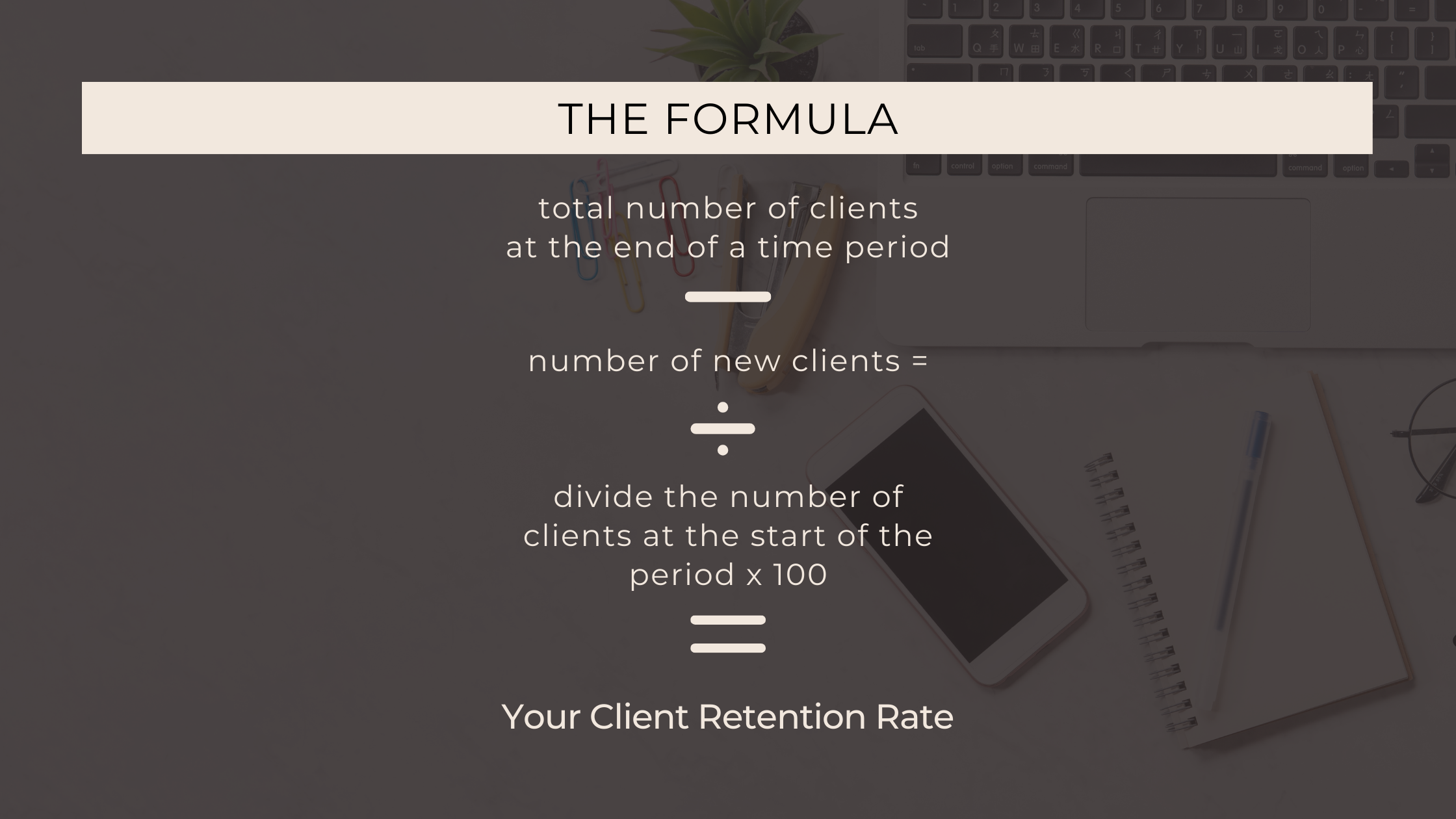Keep Clients Around Longer: 7 Client Retention Strategies That Work
Client Acquisition vs. Client Retention
A little while ago, I shared my personal experience with a house cleaning service via IG Stories. I received so much feedback and felt like I was not alone in my disappointing experience.
Let me back up for a second...
It all started with a goal of outsourcing one house chore to lighten the load around here. So, I searched for a service to especially help with the deep clean list [you know - the baseboards, the ceilings, the corners behind the doors, and so on].
And I found someone. Someone I was excited to hire because they were local, starting a new business, a single-parent, and they had several folks recommending their services.
We booked a day, and I was so happy when that day came. I felt like such a load off. But, exactly two hours later I was told the service was finished.
After they left, I examined the specific areas I asked for. Not only was the job half [and poorly] done, but there was also a half-full Coke can left behind, sitting on the countertop, and the dryer was used because their socks got wet during the service. I mean, weird?
I was really hoping that I found my cleaning service person, but now I'm back to point zero in the referral process.
What a headache!
What's more, is that the cleaning service provider not only lost a potential long-term client [me], but also lost a reference.
Now, they need to go back to point zero to gain a new client.
Wouldn't it be so much better, for both parties, if the service provider gained and kept the client, and the client gained and kept the service provider? I think so…
Client Retention is an Essential Part of any Successful Business
Here are seven strategies to help you start building a client retention plan:
Are They a Good Fit?
Vet your clients upfront and save yourself the stress of working with clients you shouldn’t be.
Get to Know Your Clients
Take the time to understand their needs, preferences, and goals. This will help you provide them with the best possible customer service. Businesses that succeed at retaining clients are the ones that genuinely prioritize their client’s business goals.
Manage Expectations
“The process of client retention starts at the first client meeting, where setting clear and concise expectations for both parties is paramount,” remarks Christopher James Foust of Motus Creative Group. Setting clear expectations sets your business up for success. You get to work with your client to lay out what’s expected of you.
Build Trust
Build your relationship by acknowledging your clients for their business and continue to remind them how much you value their patronage. Strive to display transparency and always own your mistakes. Transparency may even be more important than account performance. And I’m not just referring to showing reports, but owning results and being willing to admit errors.
Offer Incentives
Consider offering discounts, rewards programs, or loyalty points to reward your clients for their loyalty.
Ask & Listen to Feedback
Ask your clients for feedback and use their feedback to improve your services.
Over-Deliver and Add Value
Marissa Ryan of VisualFizz explains, “Our most successful retention strategy has always been to remain on the hunt for ways to provide additional value.” This might look like producing exceptional results, offering additional services, or providing fresh ideas and helping your client solve problems.
Following these 7 strategies will help you build a successful client retention plan and ensure that your clients keep coming back!
How To Calculate Your Customer Retention Rate
= ( (# of Clients at the End of Period - # of Clients Acquired During that Period) / # of Clients at Start of Period) ) X 100
So, let’s say you begin the year with 10 clients, gain four new clients in the first quarter, and have two clients leave.
The equation would look like this:
( (10 - 4) / 10 ) ) x 100 = 60% retention over the first quarter


